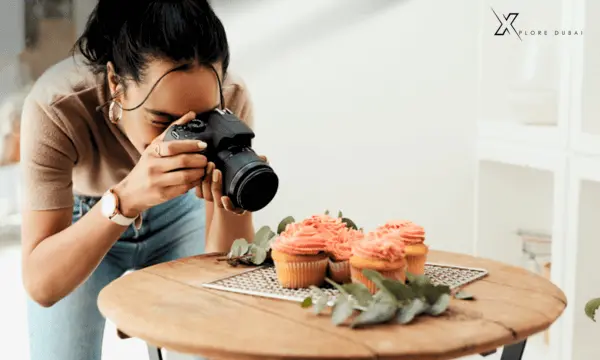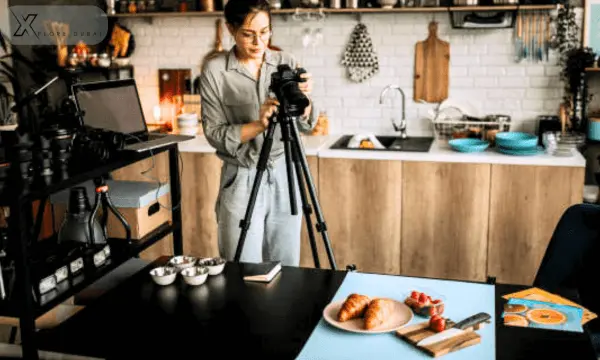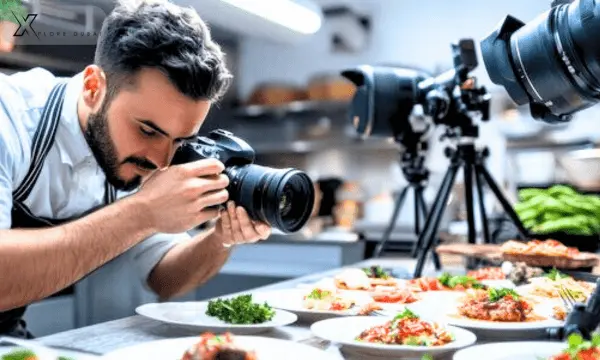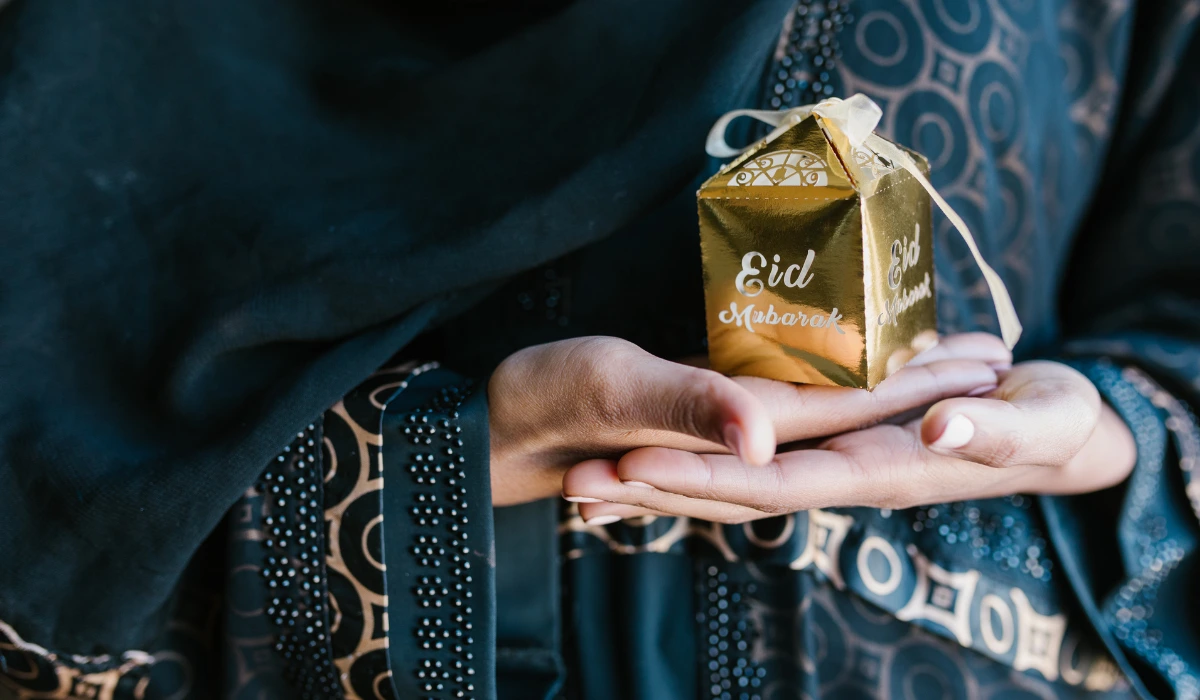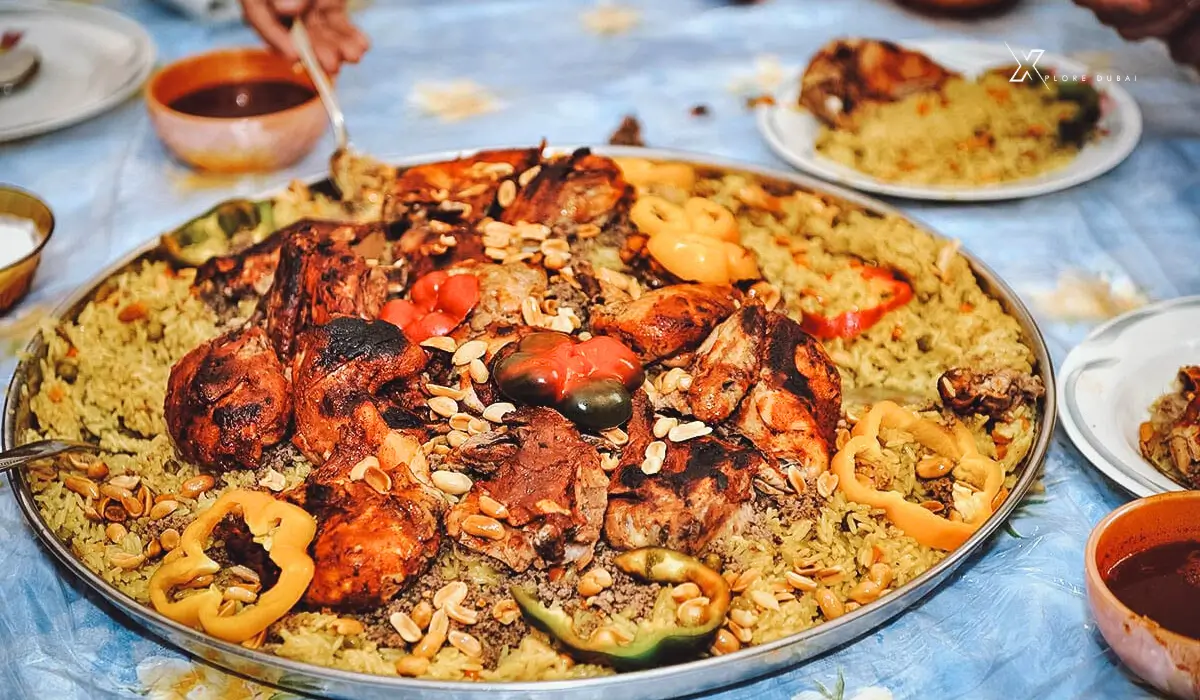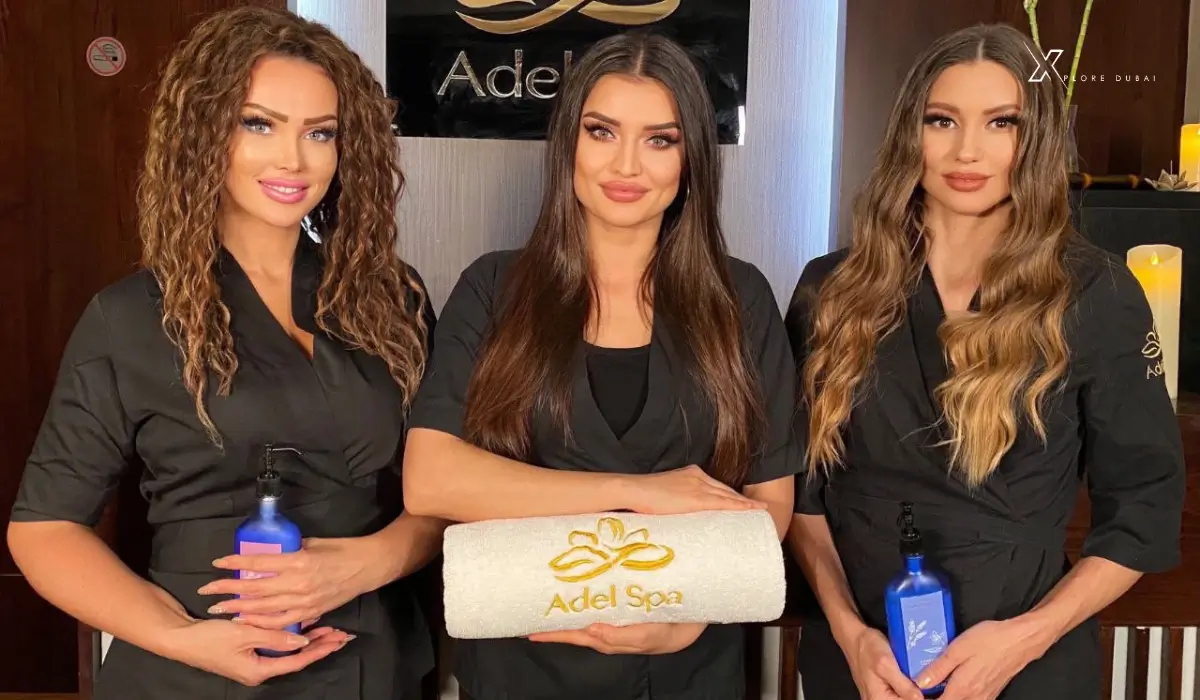Captivating food photography isn’t just a luxury for the culinary world; it’s a significant factor in influencing customer choices and driving business success.
Whether you’re a restaurant owner, a food blogger, or running a food brand, the way your dishes look in photos matters more than you think. And why not? With Dubai’s vibrant culinary scene and global foodie appeal, the competition has never been fiercer.
If you want your dishes to shine, hiring the right food photographer in Dubai can make all the difference. From attracting customers to boosting your brand visibility, high-quality food photography is an investment you can’t overlook. Here’s everything you need to know about food photography in Dubai, its benefits, and how it can transform your Dubai Street Food culinary business.
The Importance of Food Photography
Why Visual Appeal is the Game-Changer
Humans eat with their eyes before they eat with their mouths. Research shows that 90% of the information retained by our brains is visual, and 67% of consumers admit visuals influence their buying decisions. That means a stunning image of your signature dish can have a greater impact than persuasive text on your menu.
For social media platforms like Instagram or Pinterest, where food images dominate, professional photography can help brands stand out from the crowd. High-quality visuals aren’t just promotional content; they tell a story, evoke emotions, and drive engagement for your Dubai Food Store.
How Professional Food Photography Can Transform Your Brand
- Engaging Social Media Content – Posts showcasing exquisite meals generate higher engagement rates.
- Sales Boost Through Online Menus – Studies reveal that dishes with appealing visuals are ordered 30% more often.
- Expanded Reach – With the right images, your restaurant or brand has a better chance of going viral.
- Consistency in Branding – Quality food photography adds professionalism and trust to your visual identity.
Dubai’s Vibrant Food Scene
A Culinary Melting Pot
Dubai is a haven for food enthusiasts from all corners of the globe. With its mix of luxurious fine dining, diverse street food, and cultural favorites, the city offers endless opportunities for food-focused creativity. A food photographer in Dubai knows how to capture this diversity, blending vibrant plating with the cultural soul each dish embodies.
Dubai as a Food Tourism Hub
With millions of tourists flocking to Dubai every year, food photography plays a vital role in attracting food travelers. Beautifully captured imagery of your dishes can tell international tourists, “This is a must-try restaurant.”
Culinary Diversity Meets Art
From lavish Arabic feasts to innovative fusion dishes, Dubai offers a canvas that’s perfect for visual storytelling. A professional food photographer ensures your menu items don’t just look delicious but captivate the essence of Dubai’s culinary richness.
What Makes a Professional Food Photographer Stand Out?
1. Mastering the Art of Lighting
Lighting can make or break a food photograph. The best food photographers in Dubai excel at using natural and artificial lighting to highlight the textures, colors, and freshness of your dishes.
2. Storytelling Skills
A great picture isn’t just visually appealing; it should tell a story. Whether it’s the fiery spices in a curry or the elegance of a plated dessert, talented photographers combine props, angles, and colors to enhance the narrative behind your food.
3. Understanding Branding Needs
Every restaurant or food brand has its unique branding. A skilled food photographer in Dubai understands this and customizes their approach to align with your vision, ensuring photos reflect your brand identity.
4. Technical Expertise
From using high-resolution cameras to fine-tuning images with advanced editing software, professional photographers have the tools and expertise to make your dishes stand out.
How to Choose the Perfect Food Photographer in Dubai
Follow these tips to ensure you pick the right photographer for your business needs.
- Review Their Portfolio
Look for versatility in their past work. A strong portfolio should showcase their ability to capture everything from gourmet meals in fine dining settings to casual street food options.
- Understand Their Style
Different photographers have different styles. Make sure their aesthetic aligns with your brand’s vibe.
- Check Reviews and Referrals
Client testimonials can give you insights into their professionalism, reliability, and ability to deliver high-quality results.
- Cultural Know-How
A local food photographer in Dubai with an understanding of the city’s culinary trends and traditions can elevate your visuals to appeal to both locals and tourists.
The Behind-the-Scenes Work in Food Photography
Lighting and Styling
Creating mouthwatering images isn’t just about snapping a photo. The right lighting emphasizes your dish’s vibrancy, while proper styling focuses on its unique elements, be it a sizzling steak or a delicate pastry.
Tools of the Trade
Professional-grade cameras and lenses are paired with precise editing techniques to bring the food’s textures and flavors to life. Top photographers often use styling props to enhance the visual appeal and create immersive storytelling.
The Digital Impact of Food Photography
The Social Media Effect
Platforms like Instagram, TikTok, and Pinterest thrive on visuals. With Dubai being a hotspot for digital food fanatics, attractive photography helps create viral content that puts your restaurant on the map.
Example Case Study: Restaurant X in Dubai experienced a 50% increase in foot traffic after uploading professional images to their Instagram.
SEO Advantage
Do you know that high-quality, optimized images improve SEO rankings? A food photographer in Dubai ensures images help your website rank better on search engines, improving user experience and driving traffic.
Why Now is the Best Time to Hire a Food Photographer in Dubai
With Dubai’s reputation as a global culinary capital, competition is fierce. Getting your visuals right is no longer optional; it’s a necessity. Professional food photography not only ensures your dishes look their best but also helps you carve a unique identity in this crowded Dubai Mall Fashion Avenue Restaurants market.
Whether it’s for restaurant menus, social media, or marketing campaigns, hiring a food photographer in Dubai can redefine how your customers perceive your brand.
Food Photography FAQs
What is the rule of food photography?
The key rules include using natural light, the rule of thirds, proper plating, capturing textures, and choosing the right angles (e.g., 45-degree or top-down shots).
Can I use my iPhone for food photography?
Yes! iPhones have excellent cameras; they use natural lighting, portrait mode, and editing apps like Lightroom or Snapseed for the best results.
How do you photograph food professionally?
Use a tripod, natural lighting, high-quality lenses, proper styling, and post-processing tools like Photoshop or Lightroom.
How do you take good food pictures for Instagram?
Ensure good lighting, use vibrant colors, apply the rule of thirds, shoot from different angles, and use a high-quality smartphone or camera.
Who is the most famous food photographer?
Some of the top food photographers include Donna Crous, Andrew Scrivani, and David Loftus.
Can I be a photographer in Dubai?
Yes, but you need a professional freelance permit or a business license to work legally.
Is Dubai good for photographers?
Yes! Dubai has stunning landscapes, luxury hotels, and a thriving food and product photography market.
How much is a food license in Dubai?
The cost varies but typically ranges from AED 10,000 to AED 25,000, depending on the type of license and approvals required.
How much is a product photography service in Dubai?
Prices vary based on complexity but typically range from AED 500 to AED 5,000 per session.
How much does it cost to hire a photographer in Dubai?
Professional photographers charge anywhere from AED 500 to AED 5,000 per hour, depending on experience and project requirements.
How much does food cost per person in Dubai?
On average, dining out costs between AED 30 (casual) to AED 300+ (fine dining) per person.
What is the highest salary for a food photographer?
Top food photographers can earn over $100,000 per year, especially those working with luxury brands or high-end restaurants.
What is the best lighting for food photography?
Soft natural light is ideal but diffused artificial lighting can also be used to give a consistent look.
What camera settings should I use for food photography?
Use a low ISO (100-400), a high aperture (f/2.8-f/8), and a fast shutter speed to capture sharp details.
The key rules include using natural light, the rule of thirds, proper plating, capturing textures, and choosing the right angles (e.g., 45-degree or top-down shots).
Yes! iPhones have excellent cameras; they use natural lighting, portrait mode, and editing apps like Lightroom or Snapseed for the best results.
Use a tripod, natural lighting, high-quality lenses, proper styling, and post-processing tools like Photoshop or Lightroom.
Ensure good lighting, use vibrant colors, apply the rule of thirds, shoot from different angles, and use a high-quality smartphone or camera.
Some of the top food photographers include Donna Crous, Andrew Scrivani, and David Loftus.
Yes, but you need a professional freelance permit or a business license to work legally.
Yes! Dubai has stunning landscapes, luxury hotels, and a thriving food and product photography market.
The cost varies but typically ranges from AED 10,000 to AED 25,000, depending on the type of license and approvals required.
Prices vary based on complexity but typically range from AED 500 to AED 5,000 per session.
Professional photographers charge anywhere from AED 500 to AED 5,000 per hour, depending on experience and project requirements.
On average, dining out costs between AED 30 (casual) to AED 300+ (fine dining) per person.
Top food photographers can earn over $100,000 per year, especially those working with luxury brands or high-end restaurants.
Soft natural light is ideal but diffused artificial lighting can also be used to give a consistent look.
Use a low ISO (100-400), a high aperture (f/2.8-f/8), and a fast shutter speed to capture sharp details.


